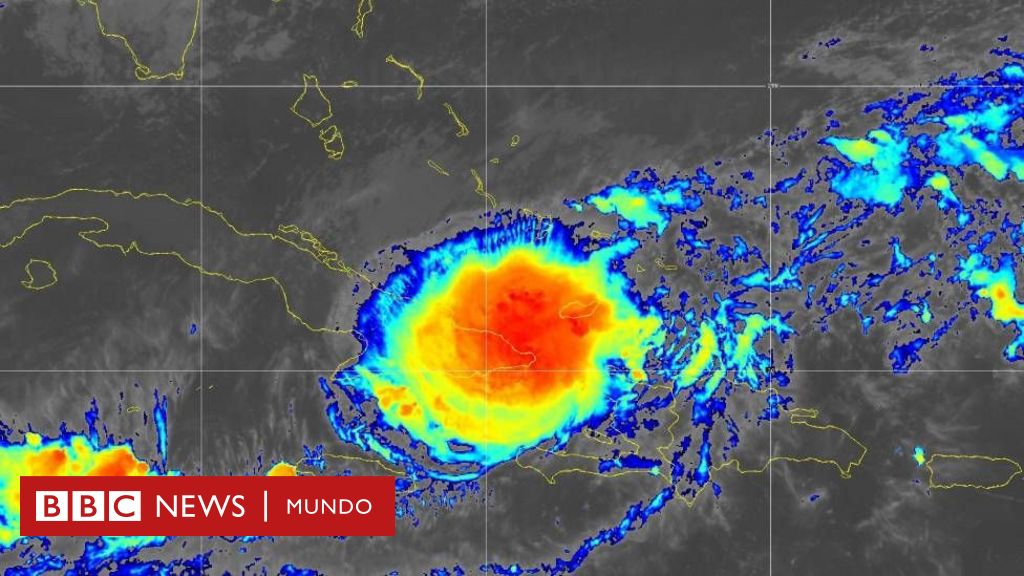Science reveals the secrets of reading – medical news

The human language network is represented by the frontal and temporal cortices.
|
main sockets
|
Spatially distributed frontal temporal networks for sentence reading
meaning
The human language network is represented by the frontal and temporal cortices. It is not clear whether subregions of this network contribute differently to sentence comprehension. We monitored the neural activity of patients implanted with intracranial electrodes while reading regular sentences and sentences lacking in meaning or structure. We discovered two functionally distinct networks spanning the frontotemporal cortex. The activity of the first network gradually increased in sentences, but not in the word lists, leading to an index of the accumulation of meaning in the sentences. The second network showed reduced word activity in sentences relative to word lists, indicating that sentence context facilitates processing of individual words. Our study reveals previously unknown organizational principles of the linguistic network,
summary
Read one a prayer It involves integrating the meanings of individual words to infer higher-order, more complex meanings. This extremely fast and complex human behavior is known to include inferior frontal gyrus (IFG) f middle temporal gyrus (MTG) in the language-dominant hemisphere, but it is not yet clear whether there are distinct contributions from these regions to sentence reading. To test these spatio-temporal neural dynamics, we used direct intracranial recordings to measure neural activity when reading sentences and sentences from Jabberwocky Weak meaning and lists of words or false words.
We isolate two functionally and spatially different temporal frontal networks, each sensitive to different aspects of word and sentence formation. The first distributed network includes the inferior frontal gyrus (IFG) and the medial temporal gyrus (MTG), with IFG activity preceding MTG. Activity in this network increases throughout the duration of a sentence and is reduced or absent Jabberwocky and word lists, demonstrating their role in deriving meaning at the sentence level. A second network involving the superior temporal gyrus and the IFG, with temporal responses driving those of the frontal lobes, shows greater activation for each word in the list than for sentences, suggesting that sentence context allows for more efficient speech. or phonology. Single word processing. These results imply a dynamic computation distributed across the frontal and temporal language network rather than a clear separation of contributions from the frontal and temporal structures.
comments
Reading is essential, but it’s also a complex skill. A new study is now shedding more light on how the brain understands the written word. Researchers have found that two major brain “networks” work together to help people read sentences, so that people not only understand the meanings of individual words, but also process the big picture of what is being said.
Because reading is such an essential daily activity, it’s easy to take it for granted, said study leader Oscar Wolnow, a researcher at UTHealth Houston McGovern College of Medicine. “This, until you lose this ability,” he said. Woolnow pointed to an example Loss of ability to speak, affecting people’s ability to use language, including speech and the ability to write or read. It comes from brain damage, often from a stroke or head injury.
If researchers can better understand how a healthy brain enables people to read, Wolnow said, this could lead to better understanding of aphasia and other types of reading problems. In the latest study, the researchers recruited patients Epilepsy who had electrodes implanted in their brains to try to determine the source of their seizures.

“Award-winning zombie scholar. Music practitioner. Food expert. Troublemaker.”


/cloudfront-eu-central-1.images.arcpublishing.com/prisa/AHVYMMDSTZDTDBFNZ3LMFUOKNE.jpg)








